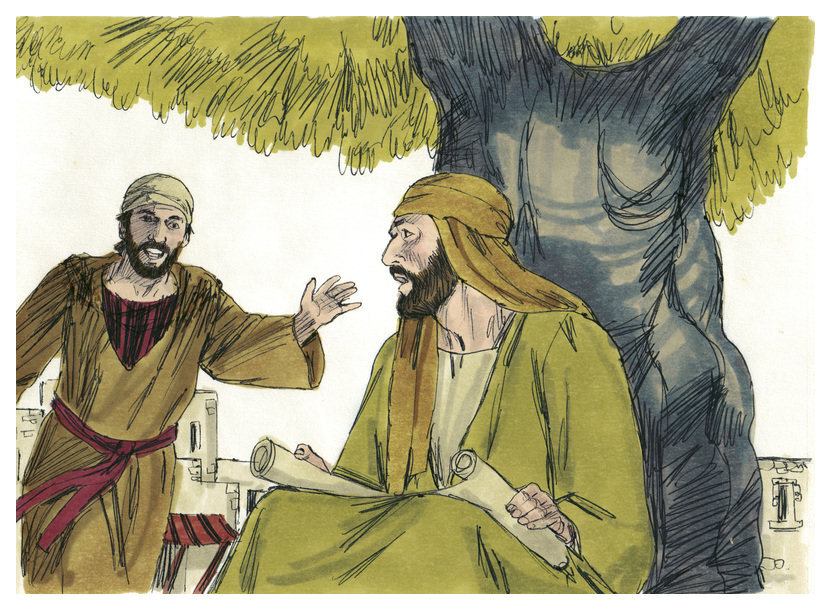In our readings for the First Sunday in Lent, we hear not only about Jesus’ temptation, but also about the promise of Yahweh after the flood and the work of baptism in us. How do all of these things come together for us? What can we apply about these passages to our lives today? Listen to find out what Father Jeremiah says.
Image: Jesus’ Temptation, St. Benedict’s Catholic Church, T Kean, CC BY-SA 3.0, <https://creativecommons.org/licenses/by-sa/3.0>, via Wikimedia Commons. Image location: https://commons.wikimedia.org/wiki/File:St_Benedicts_Catholic_Church_-_Inside_-_Temptation_of_Jesus.JPG




















